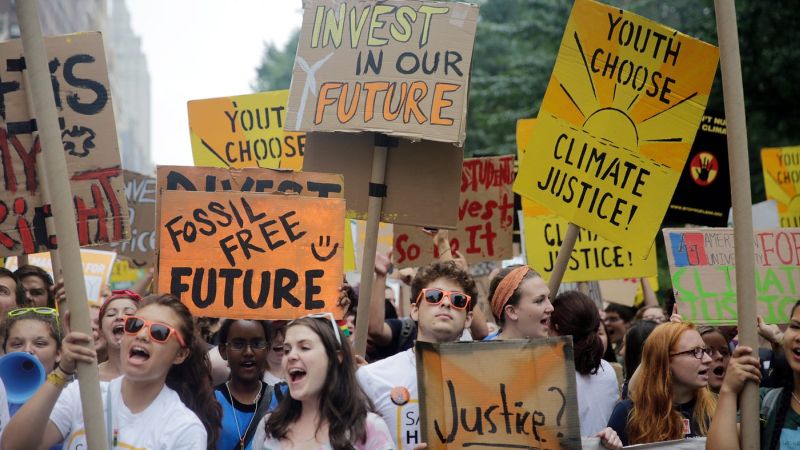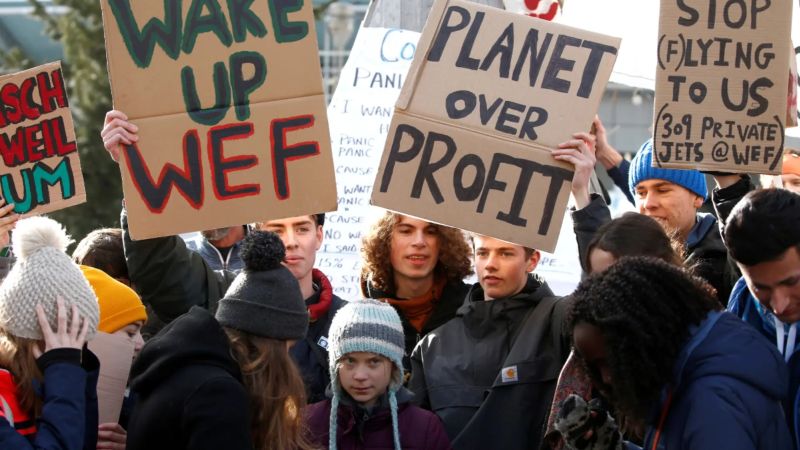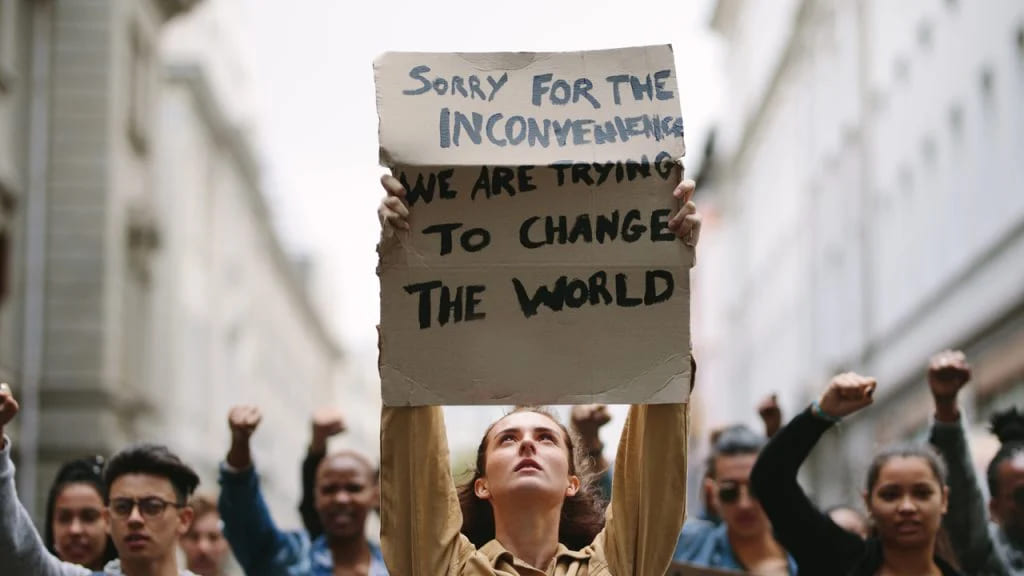The Power of Youth Activism: Igniting Change through Nonviolent Movements
Youth activism stands as a blazing testament to the transformative potential of young minds and their unwavering commitment to driving societal change. From the bustling streets of Tehran to the vibrant heart of Hong Kong, the resolute voices of young activists have propelled nonviolent movements into the global spotlight. This article delves into the multifaceted nature of youth activism, exploring its role in successful nonviolent campaigns, the challenges young activists face, and the imperative of nurturing their leadership potential.
Architects of Nonviolent Triumph
The integral role of young people in the success of nonviolent campaigns cannot be overstated. The sheer energy, idealism, and determination that young activists bring to the forefront invigorate movements with a renewed sense of purpose. From the pivotal Arab Spring to the more recent protests in Sudan, Lebanon, and Algeria, youth-led mobilizations have served as the lifeblood of these nonviolent movements, propelling them from isolated incidents to global phenomena.
Empowering Success through Inclusive Coalitions
One hallmark of successful nonviolent movements is the presence of determined young activists on the front lines. Young minds, unburdened by the weight of tradition, are more open to novel strategies that bridge cultural and ideological divides. This propensity for innovation injects fresh vigor into campaigns, enabling them to resonate with a wider audience. Moreover, the inclusive coalitions forged by youth activists transcend societal divisions, uniting people from all walks of life under a common cause.
Youth Mobilization: A Beacon of Change in Global Movements

The influence of young people on the dynamics of nonviolent campaigns reverberates across borders. From Iran’s Green Movement to the pro-democracy rallies in Hong Kong, youth mobilization has emerged as a potent force for change. In these diverse locales, young activists have harnessed the power of digital spaces to innovate tactics, organize protests, and amplify their voices. The success of these movements underscores the critical importance of exploring and understanding the impact of youth on nonviolent campaign strategies.
The Nexus of Youth and Democratic Reforms
Youth participation goes beyond immediate victories; it paves the way for long-term democratic reforms. Even in cases where complete regime change is not achieved, the active engagement of young activists enhances a country’s democratic quality over time. The infusion of fresh perspectives challenges entrenched political paradigms, creating a space for innovative solutions and more representative governance.
Empowering the Voices of Young Women
However, it’s essential to acknowledge that the benefits of victories achieved in nonviolent campaigns are not equally distributed, especially when it comes to gender. Young women, in particular, face compounded challenges due to their age and gender. In many societies, conservative norms restrict their mobility and involvement in public spaces. Despite this, young women have consistently proven their mettle, often taking on curative and facilitative roles within movements. It’s crucial to recognize and amplify their contributions, as they lay the foundation for a more inclusive future.
Fostering Leadership through Training and Inclusion

To harness the full potential of youth activism, there is an urgent need for intentional support and mentorship. Civil society organizations and established activists must recognize that involving young people is not just an altruistic act, but a strategic imperative. Rather than imposing structures, organizations should walk alongside young activists, offering guidance while valuing their unique insights. Training in campaign management, public speaking, and strategic advocacy equips young activists with the tools they need to lead effectively.
Challenges on the Path to Change
It’s crucial to acknowledge that youth activists face immense challenges. They navigate risks and endure repression, all while often lacking agency over movement strategy and political influence. Political parties, largely dominated by older adults, can contribute to youth disillusionment. Addressing these issues is paramount to creating a conducive environment for sustained youth engagement.
The Ongoing Journey of Youth Activism
The story of youth activism in nonviolent campaigns is far from over. As evidenced by recent global movements, the trend of youth-led activism shows no signs of decline. To ensure its continued impact, investing in programs for youth political engagement is essential. Such initiatives can provide young activists with the skills, knowledge, and networks needed to transition from passionate participants to influential leaders.
Conclusion
In the intricate tapestry of nonviolent campaigns, the vibrant threads of youth activism weave a story of courage, resilience, and transformation. The voices of young activists have shaped some of the most influential movements of our time, redefining the boundaries of possibility. As we forge ahead, let us recognize youth engagement as a driving force, a catalyst for change, and a cornerstone of a more just and equitable world. By nurturing the flames of youth activism, we can collectively illuminate the path towards positive societal change.

